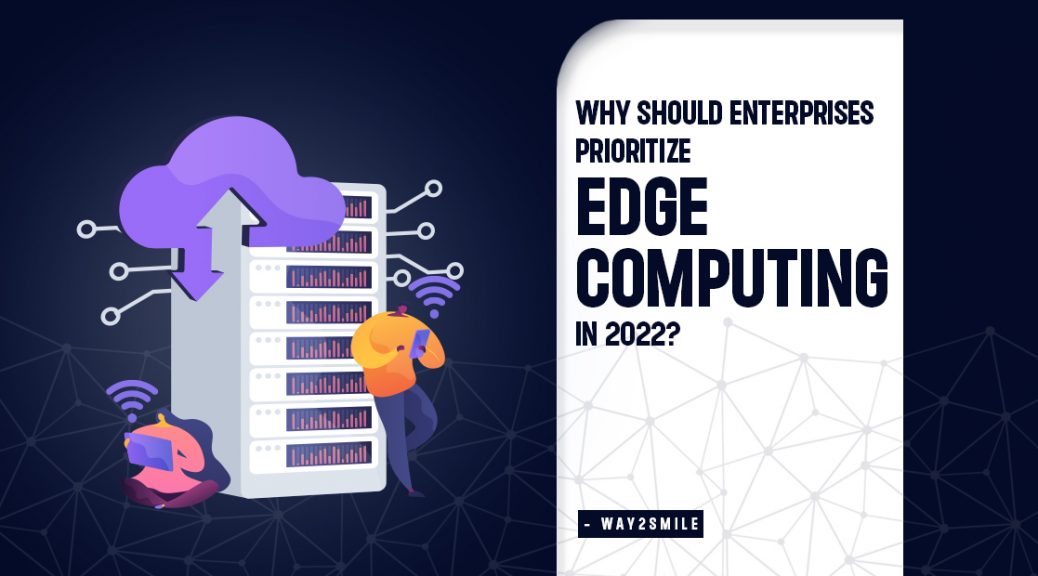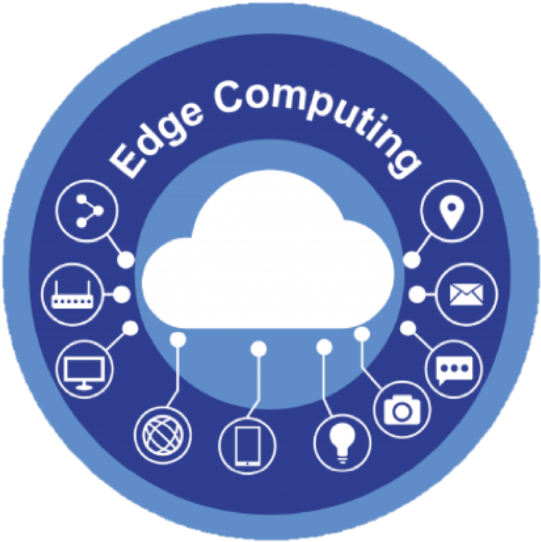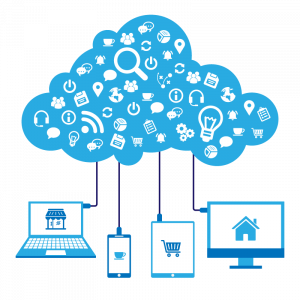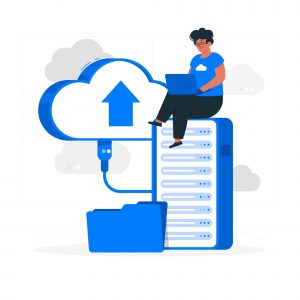Why Should Enterprises Prioritize Edge Computing in 2022?

IT solution providers are well-positioned to fulfil the needs of enterprises undergoing digital transformation and the associated shift to edge computing. As organizational infrastructures evolve, edge computing benefits are becoming a popular way to capitalize on new possibilities and adapt to new challenges.
Edge computing investment is expected to reach $176 billion in the year 2022, up 14.8% from the year 2021.
According to a recent study, expenditure on edge solutions for hardware, software, and services by businesses and service providers would expand at this rate until the year 2025, totalling $274 billion.
According to a study, sales of edge computing equipment, services, and solutions are expected to reach $17.8 billion in 2025, up from an estimated $8 billion in 2019. This represents a 15.6% CAGR.
Edge computing reclaims a large percentage of the storage and processing power that cloud computing has been using over time. People and machines utilize data to make swift judgments in real-time, which gives them the edge.
If enterprises want to overcome new-age digital competition and deal with the disruption caused by the pandemic, they must align their business processes to customer expectations and execute technology-led digital transformation using ideas like edge computing.

What is Edge Computing?
Edge computing is a distributed computing system that puts data sources such as IoT devices and local edge servers closer to business applications. This proximity to data at its source can provide major business benefits, such as faster insights, faster reaction times, and increased bandwidth availability.
Why Edge Computing?
Massive volumes of data have emerged from the fast growth of IoT devices, as well as their rising processing capability. Data volumes will continue to climb as 5G networks boost the number of connected mobile devices. The cloud and AI have previously claimed to automate and expedite innovation by providing actionable data insight. However, network and infrastructure capacities have been overtaken by the extraordinary amount and complexity of data provided by connected devices.

Sending all of that information to a central data center or the cloud causes bandwidth and latency issues. Edge computing is more efficient since data is processed and analyzed closer to the point of origin. Latency is considerably decreased since data does not have to travel over a network to a cloud or data center to be processed. Cloud solutions like edge computing, which is especially useful on 5G networks, allow for faster and more complete data processing, resulting in greater insight, quicker response times, and improved customer experiences.
Hand-Picked Related Content ☛ The shape of Edge Computing in 2025
How does Edge Computing work?
Big companies have begun to move their key operations to the cloud, including data from numerous sensors placed in their production units, in order to gain quick insights and the capacity to remotely monitor their infrastructure. However, as these IoT sensors gain traction and generate massive amounts of data, they place a significant load on central cloud servers, limiting network capacity.
Edge computing helps reduce these problems by placing computers closer to IoT devices. Data processing must also migrate closer to the devices as computing demands shift closer to where the device is or where the data is consumed.

Instead of constructing a single cloud data center, operators construct a network of edge data centers to create an edge cloud. The “edge cloud” enables a flood of new applications by bringing computation closer to the devices. Just a few examples include automated driving, high-end cloud gaming, and remote 3D modeling. The preferred solution is edge computing since each of these applications demands extremely low latency, which requires bringing computation closer to the edge.
Edge computing appears to be the most promising solution since it processes data and even analytics near to or at the source of the data, lowering latency, bandwidth costs, and the risk of a data loss in the edge network.
Is cloud computing being replaced by edge computing?
Today’s cloud world is defined by a limited number of large data centers far from locations. Data is transmitted from one device to the cloud and vice versa to perform calculations or data analysis. Data typically fulfills this round trip in 50-100 milliseconds over current 4G networks.
The edge cloud can be streamlined and new services can be established by using 5G to send data in less than five milliseconds. Edge computing is built on the decentralization of traditional IT infrastructure, and it works in accordance with centralized cloud computing.

Edge computing is a cloud-based technology that can work together to provide custom solutions based on a company’s data collection and analysis needs. They each have their own set of applications. For example, Edge is better suited to real-time data collection and processing as well as a one-of-a-kind task.
At the same time, the cloud can help build a centralized access point for huge analytic processes. When utilized in combination, both may deliver real-time and future-ready insights to organizations in areas like asset performance management and machine learning.
Hand-Picked Related Content ☛ Cloud Accelerators
What are the major benefits of Edge Computing?
-
Bandwidth
The edge computing design will enable IoT devices in situations where network connectivity is unstable. Even if the cloud connection is irregular, local compute and storage resources will keep the system running.
- Congestion
The wide-area network will benefit from edge computing to handle the increasing load. It will be possible to save time and money by reducing the amount of bandwidth used. This is a significant challenge in the age of mobile computing and the IoT. Edge devices will analyze, filter, and compress data locally rather than overwhelm the network with mainly irrelevant raw data.
-
Latency
When data processing occurs locally rather than in a faraway data center or cloud, the time-to-action is reduced due to the physical vicinity. IoT and mobile endpoints will respond to crucial information in real-time since data processing and storage will take place at or near edge devices.
Conclusion
As the world grows smarter, edge computing is becoming more prominent. The edge will complement every organization’s capacity to make key business choices in the coming year, as traction for 5G technologies, Industrial IoT, and AI at the edge grows.
As expectations for technological systems to perform extremely complex computations increase for applications ranging from driverless cars to healthcare, customer service, and worker safety, edge computing will pave the way for data to be evaluated rapidly, reliably, and securely. Enterprises that want to shape their business and stick with the future trend can contact the world’s leading digital transformation consulting company to avail low-cost edge computing solutions.


